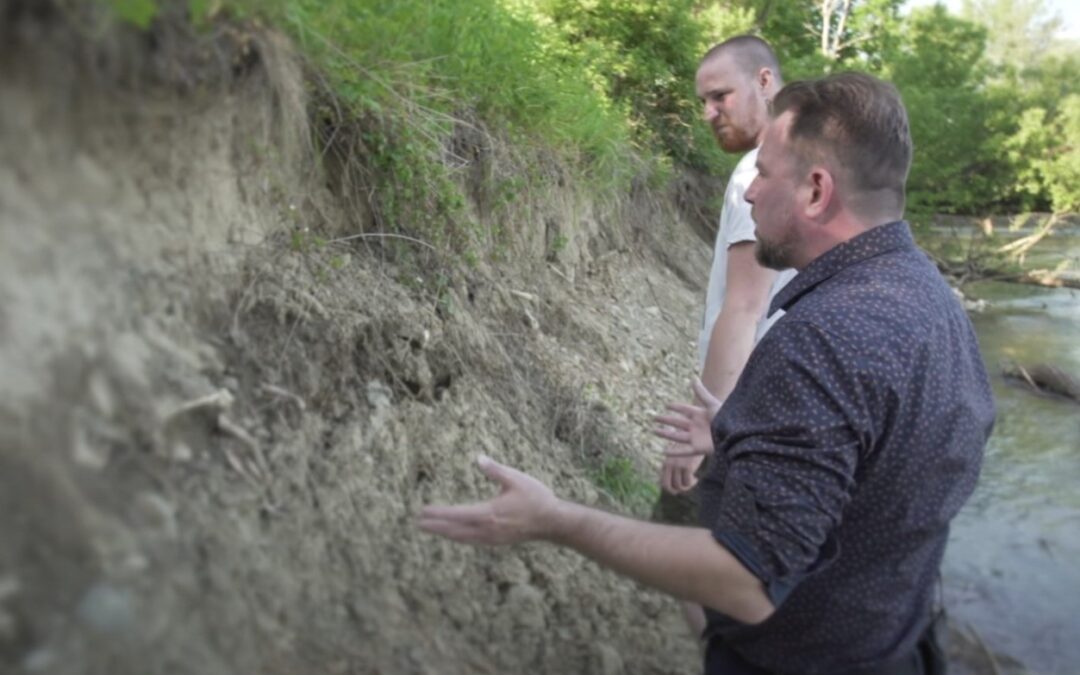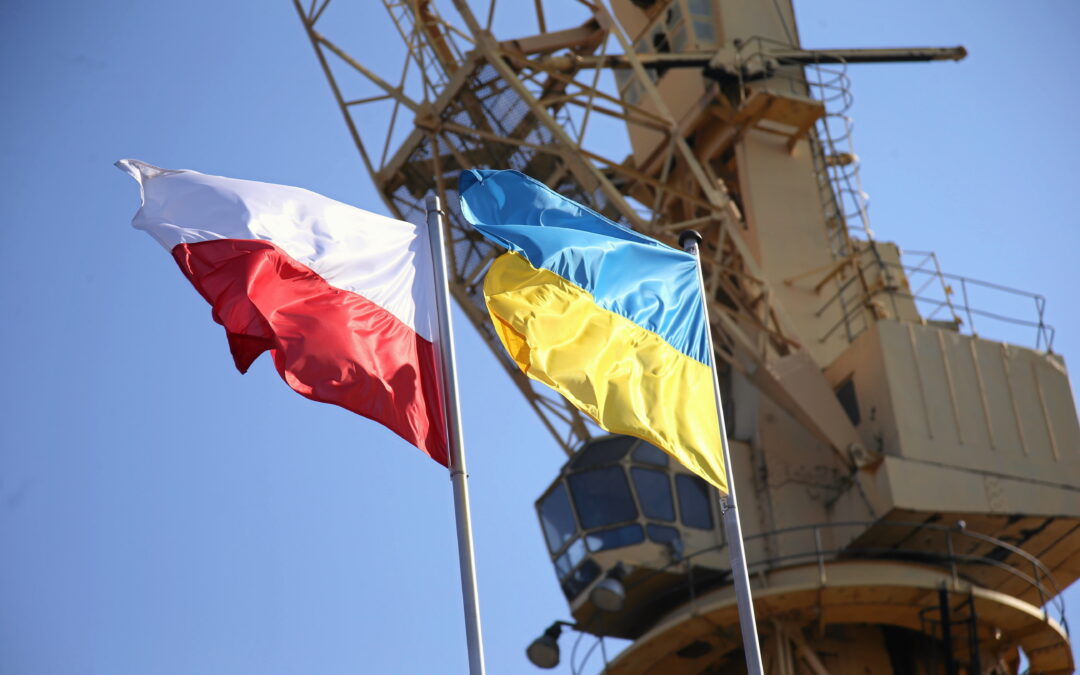Parts of several dozen human skeletons have been found washed up by a river in the Polish town of Oświęcim, close to the former German-Nazi concentration and extermination camp of Auschwitz-Birkenau.
Police – who have secured the area and informed the Institute of Public Remembrance (IPN), a body responsible for investigating Nazi- and communist-era crimes – say that a number of similar finds have been made there in the last year. Prosecutors have confirmed that the bones date from around the mid-20th century.
Local resident Wojciech Skrzypczyk said he made the gruesome discovery earlier this month when wading across the River Soła, which flows through the town near to the camp, where more than 1.1 million people – most of them Jews – lost their lives during the Second World War.
“It was a sight that can’t be described in words,” Skrzypczyk told Gazeta Wyborcza. “I counted ten skulls and around 20 human skeletons. A whole expanse of pelvic, rib and jaw bones.”
“I’d never seen anything like it with my own eyes,” he added. “In such quantities, of course, because in Oświęcim finding parts of human remains is not all that rare. When the Soła swells and later the river level subsides, individual human bones are often exposed.”
After making his discovery, Skrzypczyk contacted the makers of a popular YouTube channel, History Hiking, who came to investigate and filmed what they found, as well as contacting the police, who cordoned off the area.
“We expected individual visible remains, but when we went to the river bank, we saw a forest of bones simply sticking out of the slope,” one of the historians, Mateusz Kudła, told Wirtualna Polska.
“A mass of human skulls could be seen – ten in one place. From far away they looked like balls that were stuck,” his colleague Łukasz Kazek added.
The police established that the discovery was made in a location where a number of bones have already been found over the past year as a result of the river’s activity, Małgorzata Jurecka of the Oświęcim police told RMF FM.
Both police officers and passers-by have been finding remains washed up by the river since that the first discovery was reported on 30 June last year, she said.
The provenance of the skeletons is being investigated, but it has been suggested that they might be from a mass grave of German prisoners held at the camp by the Soviets between 1945 and 1947. During the war, ashes of cremated prisoners were also thrown into the river along with bones, reports Onet.
“Perhaps the find of bones in this place is linked to the post-war operation of the camp, which the Soviet authorities turned into a camp for German prisoners of war,” Kazek told Onet, adding that the remains “could also be those of Soviet prisoners…who were regarded as deserters [or] collaborators”.
The local branch of the IPN confirmed to Wirtualna Polska that it had recently concluded an investigation on a “crime against humanity” involving “persecution by functionaries of the communist state” against “groups of people owing to their German nationality”.
The investigation found that conditions in the prisoner-of-war camp operating between April 1945 and 1947 on the site of the former concentration camp “violated international law” by threatening prisoners’ survival, “especially through denial of access to food and medical care”.
Main image credit: History Hiking/YouTube (screenshot)

Ben Koschalka is a translator and senior editor at Notes from Poland. Originally from Britain, he has lived in Kraków since 2005.



















